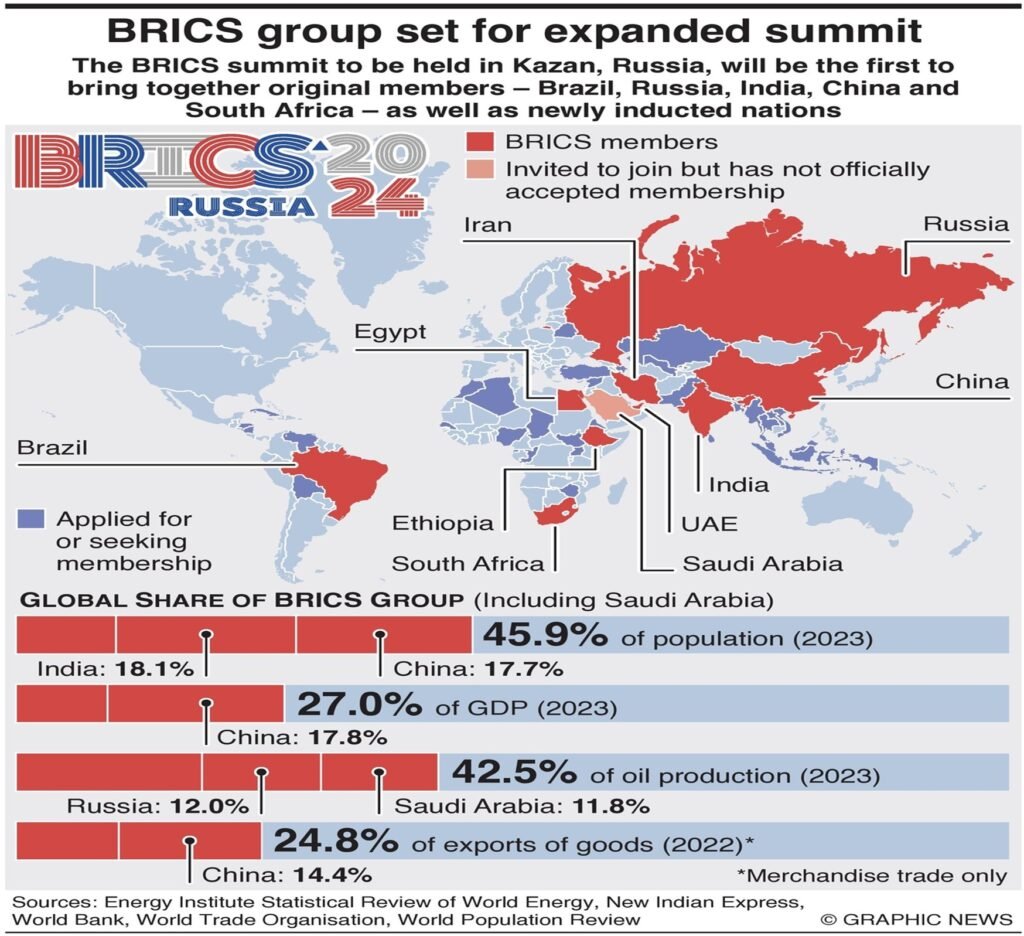(General Studies II – International Relations Section – Bilateral, Regional and Global Groupings and Agreements involving India and/or affecting India’s interests. General Studies III – Economy Section – Supply Chain Management)
- India’s supply chain security strategy is undergoing a significant shift due to heightened geopolitical tensions, particularly with China, and recent global events that highlight vulnerabilities in high-tech supply chains.
- Driven by a need for both resilience and security, India is adopting a multi-layered approach to mitigate risks associated with reliance on foreign technology and suppliers, especially in sensitive sectors.
Key Challenges in India’s Supply Chain Security –
- Dependency on China: India relies on China for around 40% of its electronics imports and over 65% of active pharmaceutical ingredients (APIs), making critical sectors vulnerable to supply disruptions and potential security threats.
- For instance, India imports over 90% of its solar panel needs from China, affecting the energy sector’s self-reliance.
- Cybersecurity and Surveillance Risks: The integration of foreign technology, particularly in sensitive sectors like defense and telecom, raises concerns over data theft and hacking. With global tech decoupling trends, ensuring that imported technology is secure from surveillance is critical for India’s security.

- Weak Domestic Capacity in High-Tech Sectors: While India has made strides in manufacturing, there is a gap in advanced technologies like semiconductors, limiting India’s ability to fully secure its supply chains without relying on imports.
Strategic Framework for Secure Supply Chains –
1. “Trust but Verify” Approach for Essential Imports
- Periodic Audits and Inspections: Technology products in essential sectors (such as critical infrastructure and telecom) can undergo periodic audits, compliance checks, and onsite inspections to mitigate risks of compromised foreign tech.
- Strengthening Compliance Standards: Collaboration with allied countries and adopting global standards, as seen with Japan and Australia under the Quad Supply Chain Resilience Initiative, supports better oversight.
2. Zero-Trust Model for Critical Sectors
- Domestic Defense Production: Programs like the Defense Production Policy and the Indigenisation of Defense Manufacturing focus on securing India’s defense supply chain by minimizing foreign technology in sensitive defense equipment.
- PLI Scheme for Electronics and Semiconductors: The Production-Linked Incentive (PLI) scheme has allocated over ₹40,000 crore for large-scale electronics and semiconductor manufacturing, fostering a reliable domestic base. Collaborations with Taiwan and global chipmakers aim to make India a semiconductor hub, ensuring secure sourcing for high-tech sectors.
3. Resilience through Diversification and Friendshoring
- Supplier Diversification: India has increased imports from other Asian countries and the United States, reducing dependency on single-source suppliers. For example, Pharma City is set to bolster India’s pharmaceutical supply chain by reducing reliance on China for APIs.
- Friendshoring: Strategic partnerships with countries like Japan, Australia, and the U.S. help secure supply chains through shared technology standards and production networks.
| Recent Government Initiatives for Supply Chain Security |
| National Cybersecurity Strategy: This policy emphasizes reducing digital vulnerabilities in critical infrastructure, supporting regulations, and enhancing cybersecurity to protect India’s tech-based supply chains. |
| Green Energy Initiatives: India is investing heavily in domestic renewable technology production. In the EV sector, battery production and component manufacturing are part of India’s green energy drive, aiming for reduced dependence on imports. |
| National Quantum Mission: Investments in cutting-edge technologies like quantum computing are positioned to secure India’s capabilities in data and cybersecurity, enhancing self-reliance. |
India’s evolving supply chain strategy focuses on a balanced approach that combines resilience, security, and regional cooperation. By reinforcing both domestic manufacturing and strategic alliances, India can establish robust supply chains to safeguard its national security interests and reduce vulnerabilities in a volatile geopolitical landscape.




